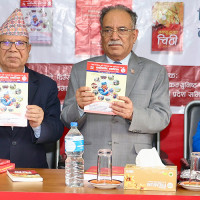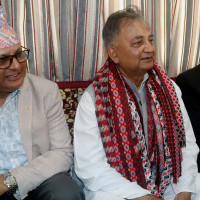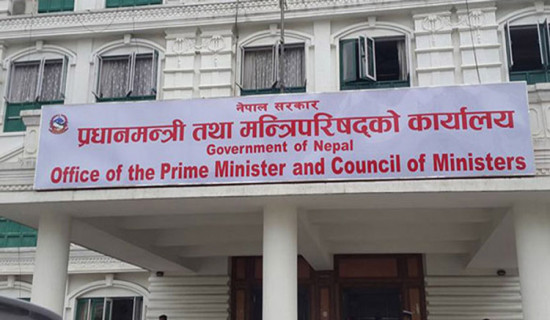- Sunday, 19 May 2024
Gorkhapatra enters 124th year of publication
By A Staff Reporter,Kathmandu, May 6: Baisakh 24th marks a significant milestone in the history of Nepali journalism as Gorkhapatra, the oldest daily of Nepal, enters the 124th year of its publication.
The Government has declared this auspicious occasion as National Journalism Day, recognising the pivotal role played by the Gorkhapatra in the development of journalism in Nepal and in shaping the nation’s discourse.
Established in 1901, the Gorkhapatra has been the source of credible journalism, serving as the foundation of authentic information dissemination amidst the ever-evolving media landscape. While celebrating the 124th year of its publication on Monday, no one can undermine its role in modernising the country through it and other sister publications including The
Rising Nepal. Gorkhapatra Corporation was established in 1962, hence it is also the 62nd anniversary of the corporation that now publishes two dailies—Gorkhapatra and The Rising Nepal and three monthly magazines—Madhuparka, Yuvamanch and Muna.
Reflecting on the rich legacy of Gorkhapatra, senior journalist Dhurba Hari Adhikary said that in the long history of Gorkhapatra and its publications, one thing stands out - its unwavering commitment to providing credible information. “In an era inundated with numerous media outlets, the need for authenticity has never been more paramount. Gorkhapatra continues to be the beacon of reliable journalism, setting the standards for others to emulate,” he said.
Indeed, amidst the propagation of unauthenticated sources and agenda-driven narratives, Gorkhapatra’s steadfast dedication to upholding journalistic integrity has been commendable.
Bishnu Nisthuri, another experienced senior journalist and former president of the Federation of Nepali Journalists, said that Gorkhapatra has been not only a platform for showcasing writing talent but has also mentored generations of writers and journalists. “It has been both the voice of the people and the official mouthpiece of the government, embodying the essence of responsible journalism,” he added.
As the daily has completed 123 years of its publication, there is a collective voice for embracing innovation and adaptation to meet the demands of modern journalism. Nisthuri emphasised the need for Gorkhapatra to spearhead initiatives aimed at fostering new talents and revitalising the journalistic landscape. “Gorkhapatra must leverage its legacy to nurture the next generation of journalists. Establishing vocational training programmes and institutes can be instrumental in this endeavour,” he said.
Furthermore, there is a growing consensus on the importance of diversifying content to encompass critical and investigative journalism. While Gorkhapatra has traditionally served as a channel for government communication, there is an imperative to broaden its scope to include comprehensive news coverage. “Gorkhapatra must embrace the ethos of investigative and critical journalism to fulfil its role as a watchdog of democracy,” Nisthuri added.
Gorkhapatra, which started as a weekly paper in 1901 in the initiative of Jaya Prithvi Bahadur Singh during the reign of liberal Rana Prime Minister Dev Shumsher Rana, gradually increased its publication frequency to twice a week, and then three times before becoming a daily from February 16, 1961.
It is also credited with publishing the first news photo. On April 2, 1927, the paper published a photo of a woman, Surya Mati Shresthani, weaving cloth using the Shree Chandra Kamdhenu spinning wheel. In 2007, it began the ‘Naya Nepal’ page and currently publishes news and articles in 43 national languages of Nepal.



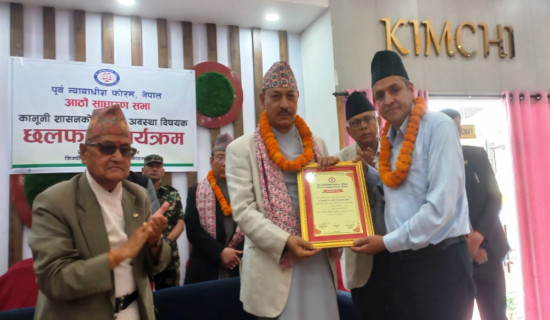
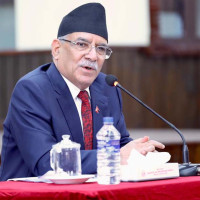
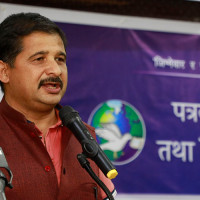
-original-thumb.jpg)
